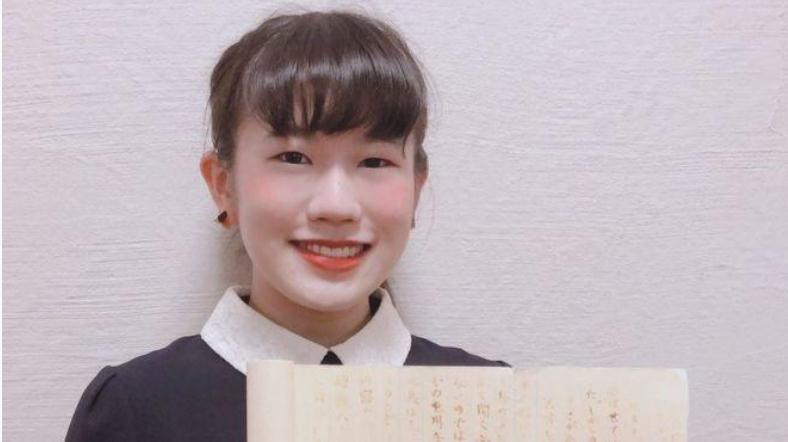
Eimi Haga, a Japanese student of ninja history, handed in a white paper, but she got top marks — after her teacher realized she wrote the essay in invisible ink.
She followed the ninja technique of "aburidashi", and she spent hours doing with soybeans to make the ink.
The words appeared when her teacher heated the paper over his gas stove.
“I learned something through a book when I was little,” Haga said. “I just hoped that no one would come up with the same idea.”
The teacher, Yuji Yamada, said he was “surprised” when he saw the essay. “I saw someone write such reports in code, but never saw one in aburidashi,” he said.
本时文内容由奇速英语国际教育研究院原创编写,未经书面授权,禁止复制和任何商业用途,版权所有,侵权必究!(作者投稿及时文阅读定制请联系微信:400-1000-028)
1.Where does Eimi Haga come from?
A China.
B Japan.
C England.
D America.
解析:选B。细节理解题。根据第一段Eimi Haga, a Japanese student of ninja history, handed in a white paper可知,Eimi Haga来自日本,故选B。
2.The underlined word "invisible" means "_____" in Chinese.
A 秘密的
B 隐形的
C 特制的
D 相关的
解析:选B。词义猜测题。根据第一段...handed in a white paper...和第三段The words appeared when her teacher heated the paper over his gas stove.可知,文字遇热显现,所谓的“白卷”并非无字,可以猜测invisible的意思是“隐形的”,故选B。
3.The ink is made from_____.
A cabbages
B oranges
C soybeans
D milk
解析:选C。词义猜测题。根据第二段...she spent hours doing with soybeans to make the ink.可知,她花费数小时处理大豆来制作墨水,故选C。
4.What can we learn from the passage?
A Haga’s mother told her how to make ink.
B Haga came up with an idea with her classmate.
C Haga learnt from a book to make the special ink.
D Haga’s teacher didn’t like her new ink.
解析:选C。细节理解题。根据第四段I learned something through a book when I was little可知 ,Haga是从书本上学到了制作隐形墨水的方法,故选C。
5.We can know that Haga is a _____ student.
A clever
B hard-working
C kind
D careful
解析:选A。推理判断题。Haga通过自学掌握制作隐形墨水的技术,说明她非常聪明,故选A。